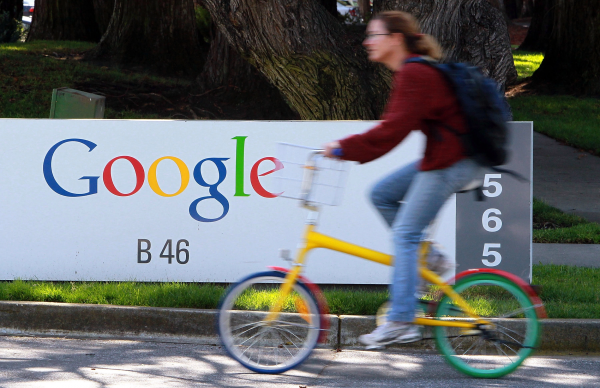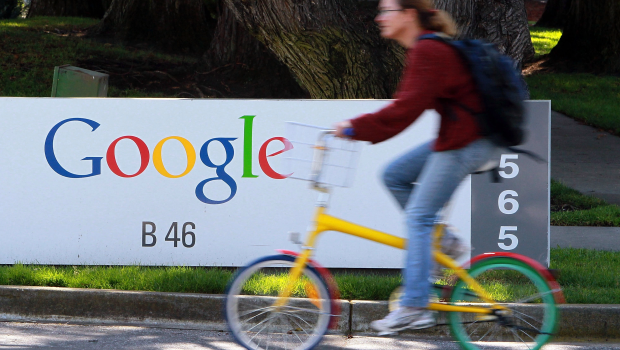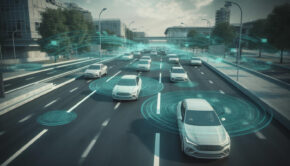AI To Drive Profitability in Micro-Mobility in The Near Future
Fleet management is regarded as one of the key aspects behind running a micro-mobility service. Here, the business model will be based on your ability to control your fleet as well as maintaining low running costs.
Because of the complexity of the urban environment, the flow of travelers, combined with the number of competitors, the complications increase while managing a fleet.

Image Source
Consequently, bike sharing operators want to gain market insights from this data to make better decisions based on customer behaviors, demand forecast as well as external factors.
Thus, a tailor-made solution is required rather than simply an AI-powered dashboard. A combination like this can give rise to some relevant and unique performance indicators. These will back operational decisions and strategies through the use of features such as heat maps that improve relocation and rebalancing of the fleet.
Because of the nature of AI technology, it requires a data strategy to determine what data to use, how we will gather it and the availability of the same data aimed at training the AI to help it achieve the final goal.
AI as the solution
Almost all start-ups seek the best operational model they can find. Keeping the cost structure under consideration, micro-mobility start-ups aim at global expansion and focus on newer markets. AI will help micro mobility start-ups to grow and find new markets, making fewer mistakes in the process and adapting their strategies faster to attain profits.
The challenge is huge if we consider the operational point of view, as you are required to keep control of your resources, all the while delivering the best level of service to your customers.
Thus, to fully understand the usage of their products among their customers, micro-mobility start-ups can use collected data. Customer experience is everything in such a competitive market and any ebike, in this case, that becomes unserviceable would impact the overall customer experience.
The data that is made available by AI technology and city administrations can aid start-ups to track their fleet, how they’re being used and the anticipated demand.
AI Will Drive profitability
The main intentions why we want to use AI can be explained by the chart below.
AI and Rebalancing
One of the most asked questions when it comes to rebalancing is how to provide an offer in the whole city, while focusing on the most dynamic locations.
AI can optimize this process and make it more efficient and faster. Among the roles played by AI in this process, the first one is preventive. For example, in Paris where several e-bikes have been burned or broken due to some events on the road, AI can be used to crosscheck with newspapers, TV news and police departments, to prevent such losses.
AI can also be used to make strategic decisions by operational managers, aimed at better targeting potential customers and better-crowded area. By being aware of special events that take place all year long, their product offering can be targeted at areas where the maximum movement of people occurs.
The final area where we can apply AI for such a start-up is the target marketing on a per neighborhood basis. This can be done by gathering data on the movement of people, as well as on the average purchasing power and the number of families presenting the neighborhood.
A Perfect AI-powered App
In this case, an AI-powered application can help the agents understand how bikes should be dispatched and supplied, depending on the time and moments of a particular day, as well as the location. Thus, the AI should be used in to help in understanding the current demand and adjust their forecasts in real time.
Some industry experts have started working on a novel spatial-temporal framework for rebalancing, modeling the problem as a Markov Decision Process of MDP. Thus, the service will be maximized by using a hierarchical reinforcement learning algorithm, aimed at rebalancing the system.
An Enhanced Customer App
The other crucial aspect required by any micro-mobility company is a proper customer mobile app. AI can be used to identify the most accident-prone zones and share the data with cyclists as well as motorists.
Thus, the future role of apps within the customer journey is expected to increase significantly through the implementation of AI.
In conclusion, the implementation of AI technology would usher in a new age for the global micro-mobility industry, improving existing operations by controlling costs and providing better customer experience.















